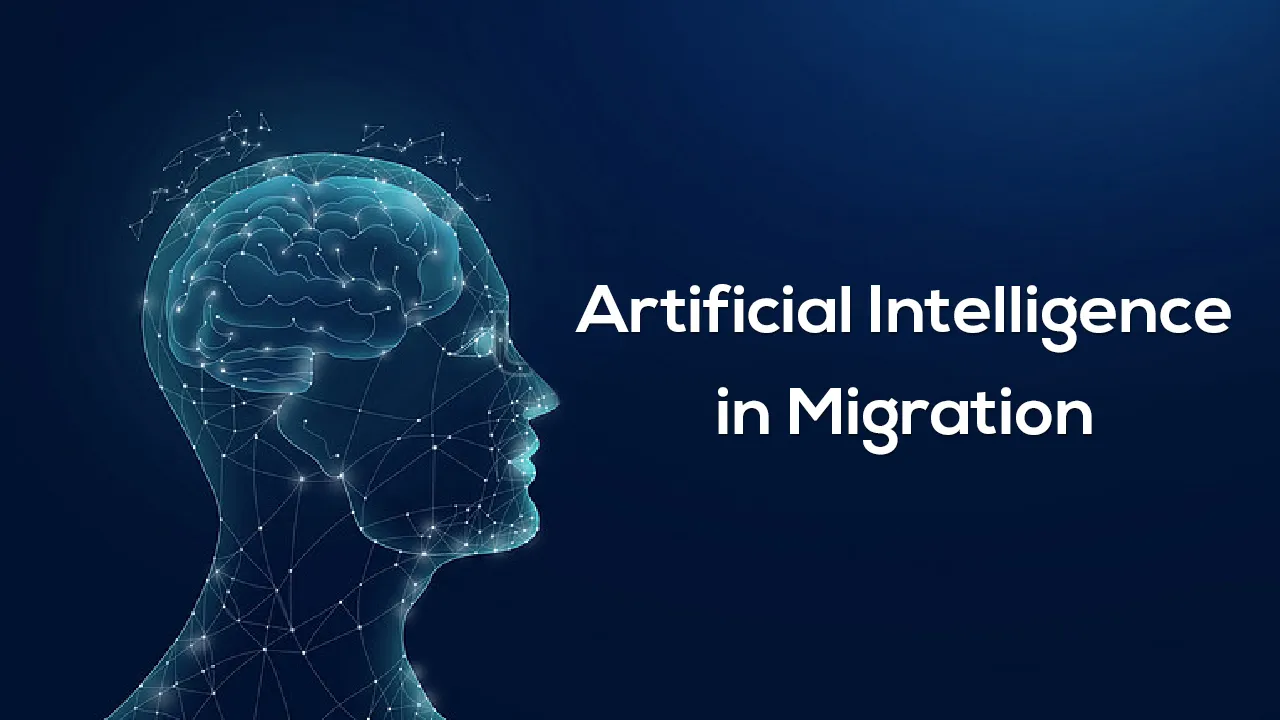AI in migration is helping to solve the challenges of the migration crisis. But, is it truly effective?
Research and development in new technologies for migration management are rapidly increasing. To quote certain migration examples, big data was used to predict population movements in the Mediterranean, AI lie detectors used at the European border, and the recent one is the government of Canada using automated decision-making in immigration and refugee applications. Artificial intelligence in migration is helping countries to manage international migration.
Every corner of the world is encountering an unprecedented number of challenging migration crises. As an increasing number of people are interacting with immigration and refugee determination systems, nations are taking a stab at artificial intelligence. AI in global immigration is helping countries to automate a plethora of decisions that are made almost daily as people want to cross borders and look for new homes.
AI projects in migration management can help in predicting the next migration crisis with better accuracy. Artificial intelligence can predict the movements of people migrating by taking into account different types of data such as WiFi positioning, Google Trends, etc. This data can further help the nations and government to be prepared more efficiently for mass migration. Governments can use AI algorithms to examine huge datasets and look for potential gaps in their reception facilities such as the absence of appropriate places for people or vulnerable unaccompanied children.
Recognizing such gaps can allow the government to alter their reception conditions as well as be prepared to comply with their legal obligations under international human rights law (IHRL).
#artificial intelligence #latest news #artificial intelligence in migration
